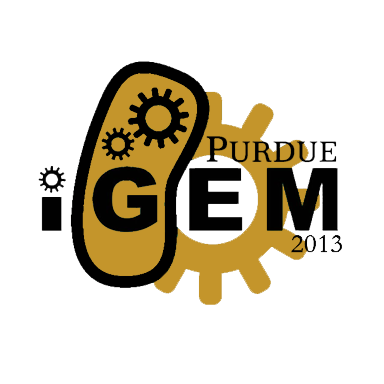Outreach to the Community
Overview
In our project “Outreach to the Community,” we decided to find out how much the public understands the concept of synthetic biology. To do this we went back to the basics at a farmers market. There are 61,000 farms in Indiana many of which make a profit selling their produce at farmers markets. These farmers are being directly influenced by synthetic biology as more and more seed companies rely on synthetic biology to create hardy, robust seeds. Whether or not these vendors use GMO’s in their products or grow them, we hypothesized that they would have felt the trend moving in this direction. It was astonishing to find out that while many people had heard of GMOs, many did not understand the concept or know the connection with synthetic biology. 75% of people said that they would not use a product that contained genetically modified E. coli. We found that there is a gap in what is being used as hybridization and GMOs now and what synthetic biology. In the future we need to work towards educating the public on the potential of our budding field.
Impact
What we found from this research is that although we spend every summer striving to achieve a project where we show that synthetic biology can and will have a positive impact on our lives in the future either through medical, environmental, communication, or a wide range of applications, if we cannot communicate our research to the public there will not be a market for the products we create. If people right now are negative towards using bacteria as a way to improve their lives, we, as synthetic biologists, need to evaluate the way that we carry out our applications or how we can educate the public so that they will be more receptive to our innovations.
 "
"
